Canada’s national parks are some of the most stunning in the world, pristine lakes, soaring mountains, and untouched wilderness that seem to go on forever. But while they appear timeless, many of these natural treasures are facing quiet, growing threats. Climate change, pollution, tourism pressure, and industrial development are starting to leave their mark, as we see in these 23 national parks facing quiet threats
Banff National Park, Alberta
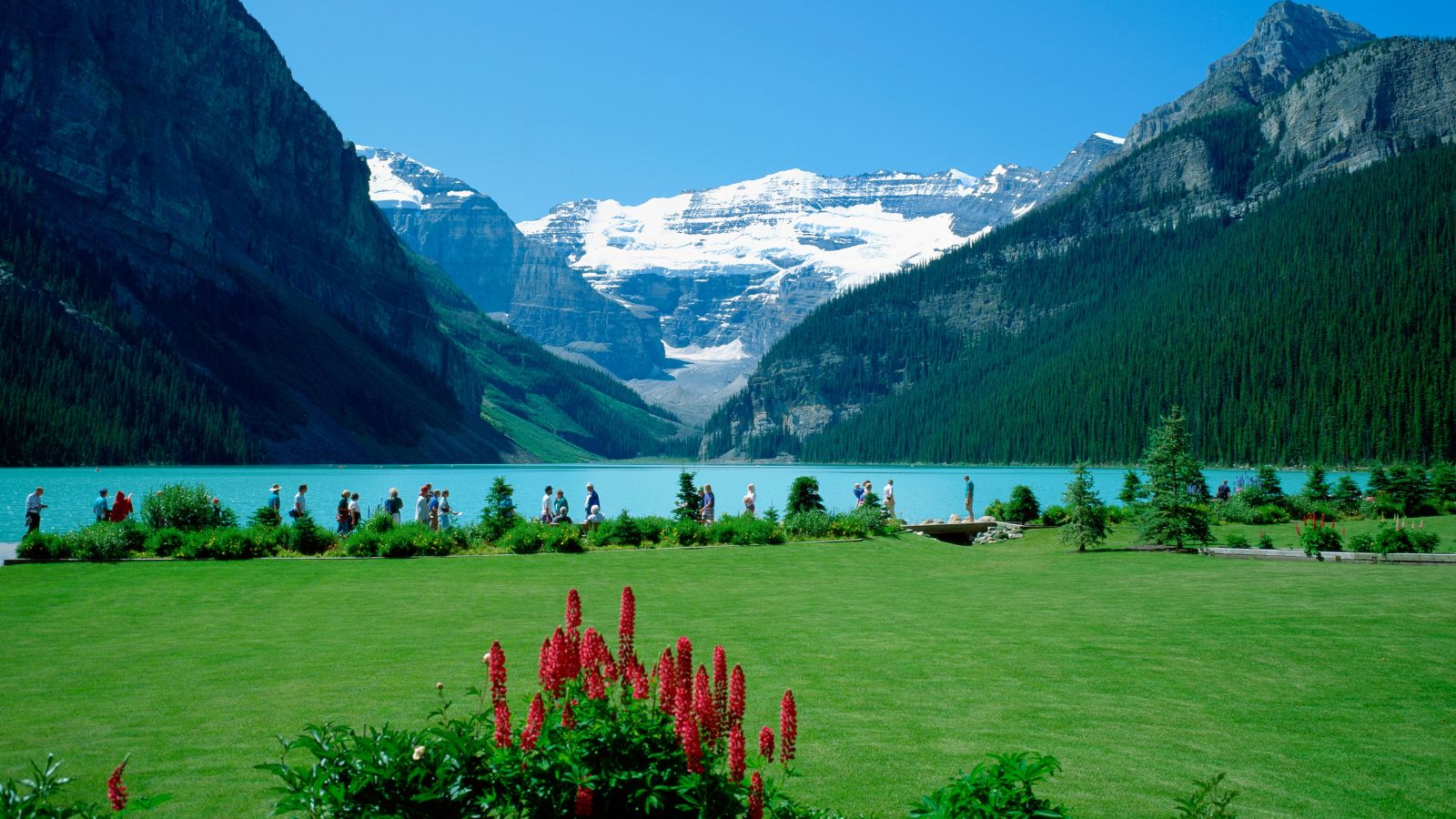
Banff is Canada’s oldest and best-known national park, but its popularity comes with consequences. Overcrowding from millions of annual visitors puts major pressure on wildlife corridors, trails, and local ecosystems. Pollution and noise from vehicles further stress animals that rely on seclusion. Without stronger protections and smarter tourism strategies, Banff could lose the wildness that makes it so special.
Jasper National Park, Alberta

Just north of Banff, Jasper offers more solitude, but it’s not immune to threats. Highway traffic has disrupted important migration routes for elk and caribou, and climate change is altering habitats at higher elevations. Glaciers are receding, and some alpine species are being pushed further uphill. It’s a park quietly changing before our eyes.
Pacific Rim National Park Reserve, British Columbia
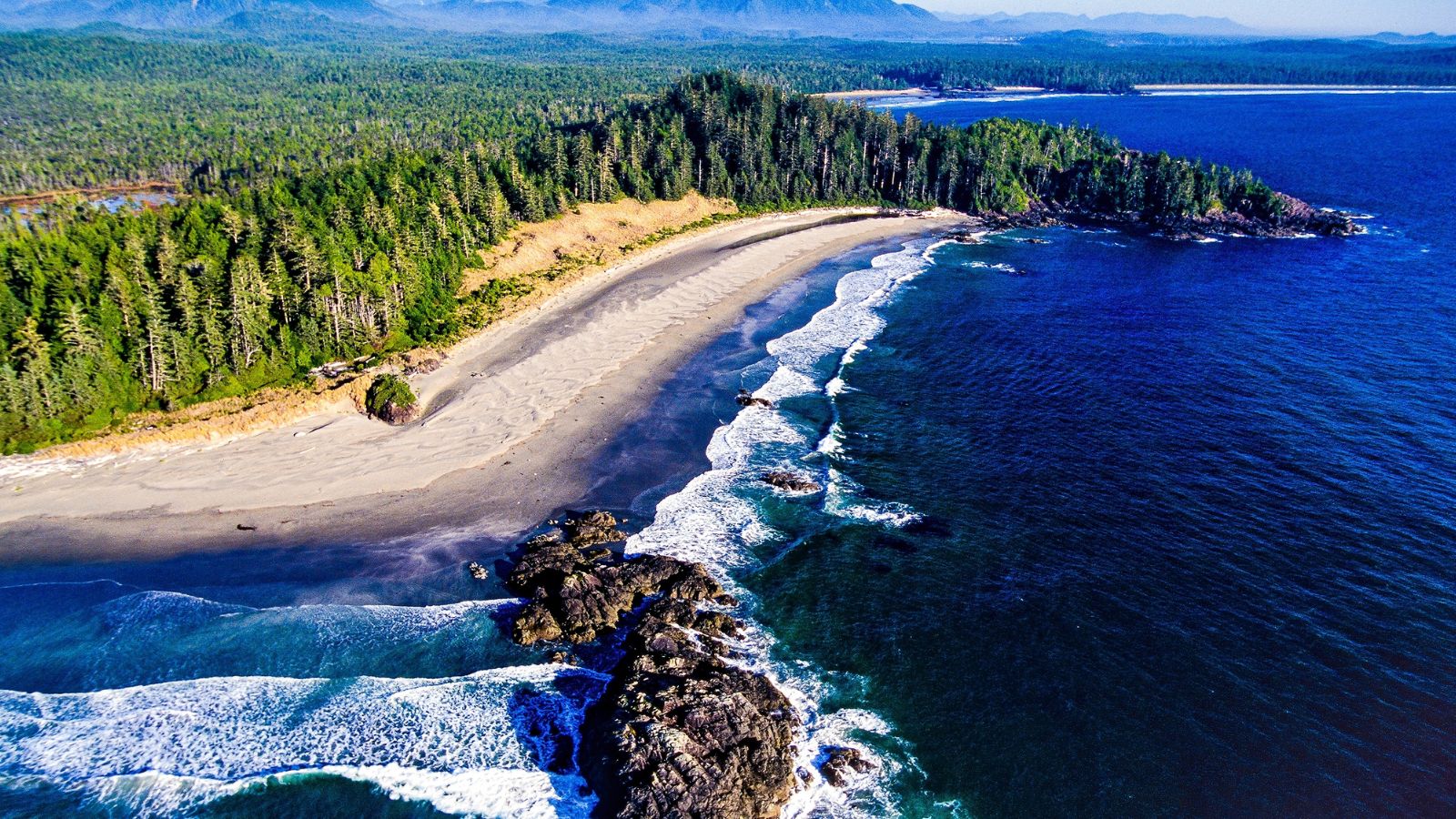
On Vancouver Island’s wild west coast, Pacific Rim faces the dual challenge of rising sea levels and an increase in severe storms. Coastal erosion threatens sensitive intertidal ecosystems and the traditional lands of Indigenous communities. Logging activities near park boundaries also impact wildlife habitats. The balance between preservation and human use here is becoming harder to maintain.
Gros Morne National Park, Newfoundland and Labrador

Famous for its dramatic fjords and ancient geological formations, Gros Morne is a UNESCO World Heritage Site under increasing threat from climate shifts. Warmer temperatures are impacting snowpacks and affecting the migration patterns of species like moose and caribou. Invasive plants are creeping into new zones. The park’s unique geology may endure, but its ecosystems are struggling to adapt.
Kootenay National Park, British Columbia
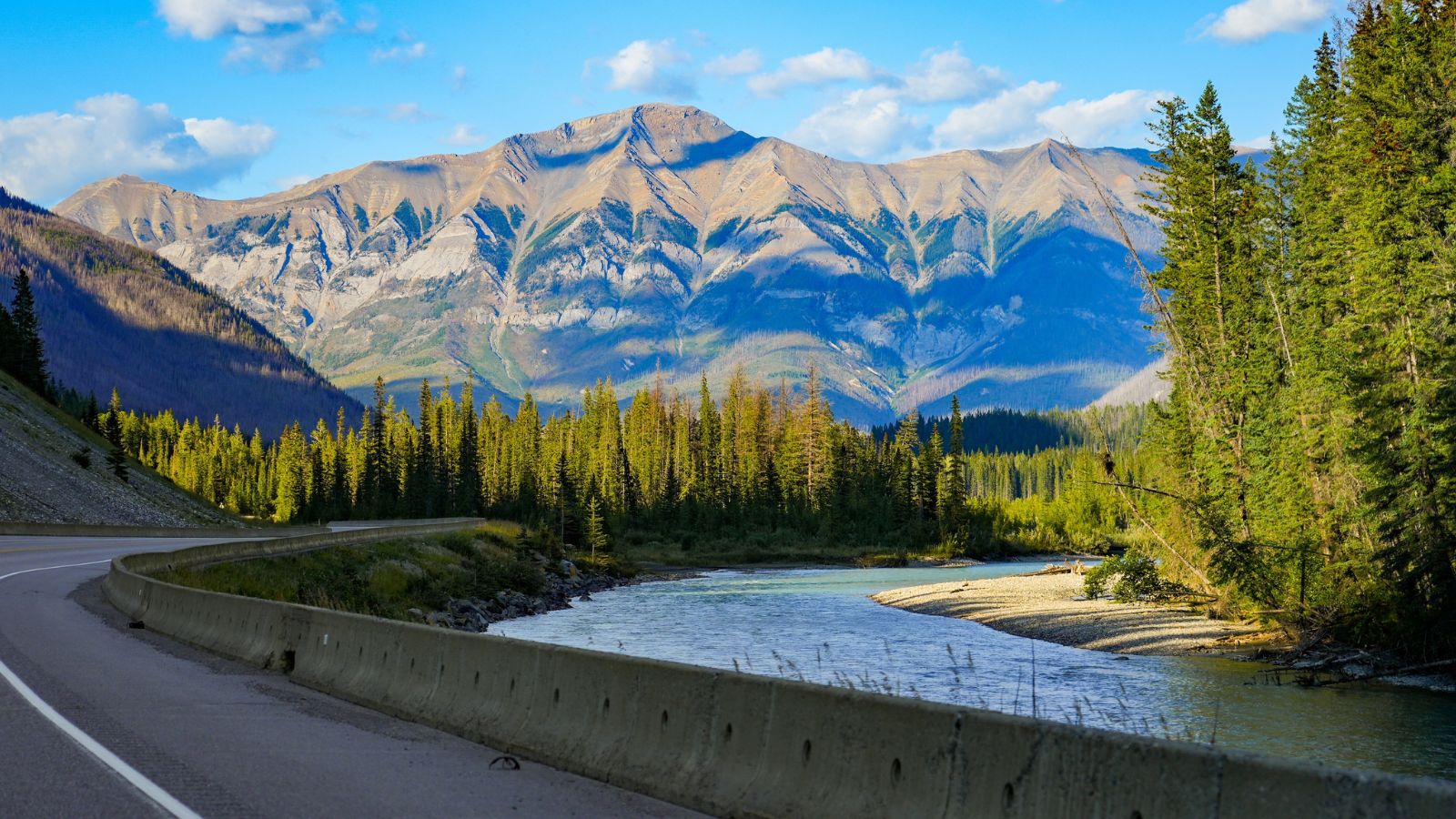
Wildfires have become more intense and frequent in Kootenay due to changing climate patterns. While fire is a natural part of the ecosystem, human interference and global warming have thrown the cycle out of balance. Some areas have burned so severely that recovery is uncertain, with the park’s biodiversity under real and growing pressure.
Waterton Lakes National Park, Alberta
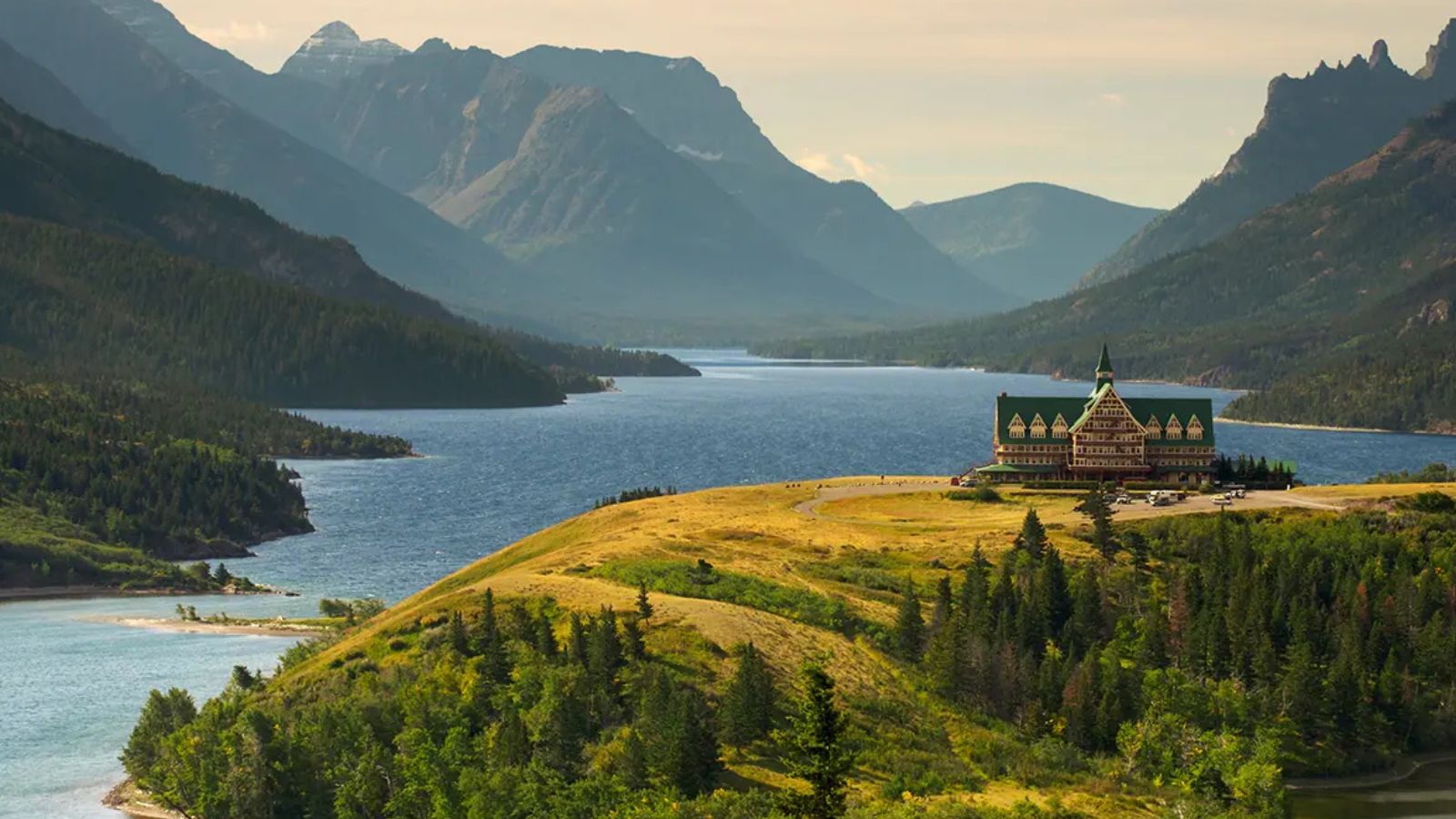
A devastating wildfire in 2017 dramatically altered Waterton’s landscape, and recovery has been slow and complicated. While new growth is emerging, the park remains vulnerable to erosion and habitat fragmentation. Wildlife populations are still in flux, making it a stark reminder of how quickly nature can be altered, and how long it takes to recover.
Prince Edward Island National Park, PEI
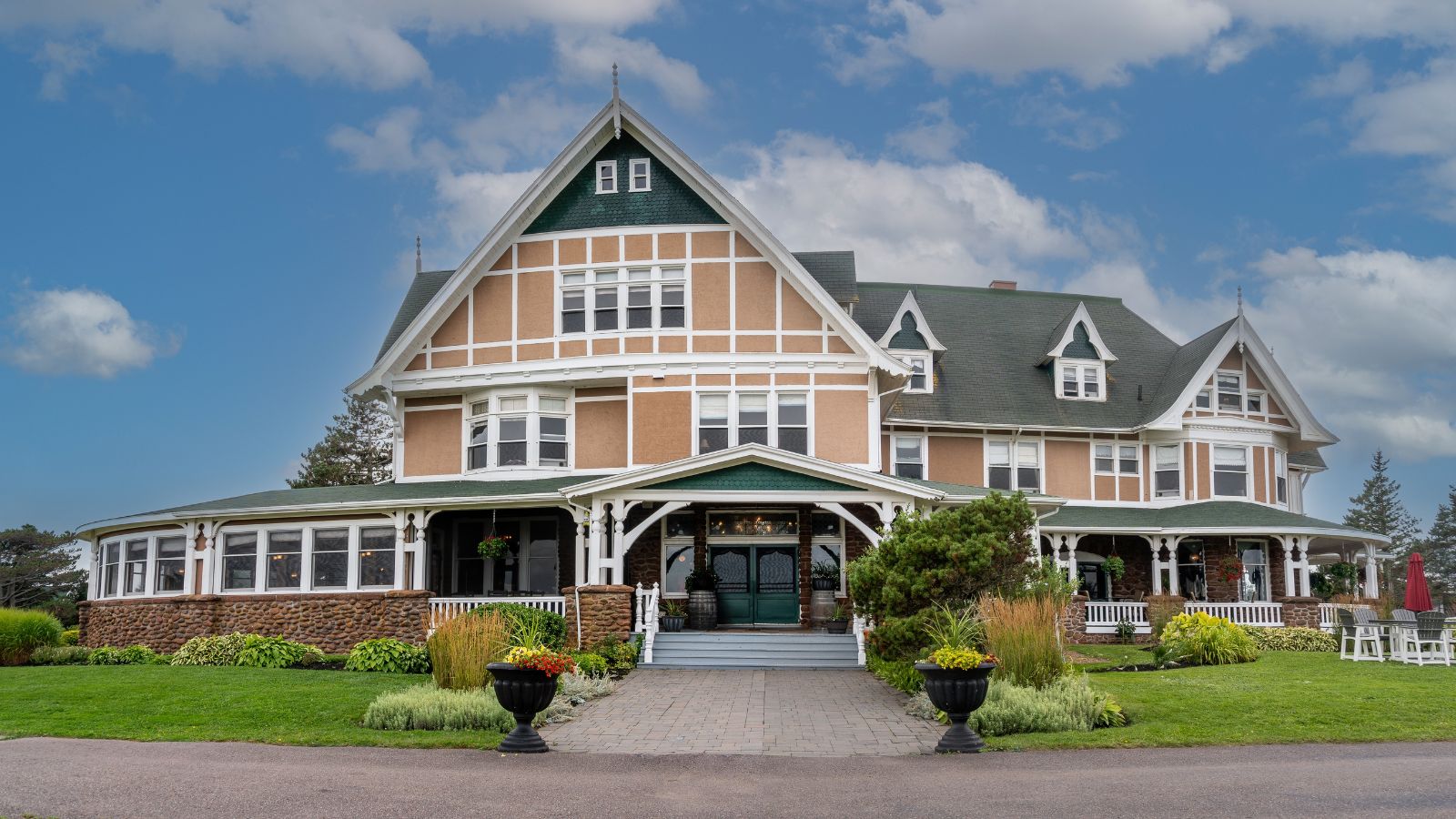
This coastal park is being reshaped by rising sea levels and more frequent storm surges. Shoreline erosion threatens not just the ecosystem, but historic sites and recreational areas. Dunes are shrinking, and saltwater intrusion is affecting freshwater habitats, meaning long-term preservation will require serious adaptation efforts.
Bruce Peninsula National Park, Ontario
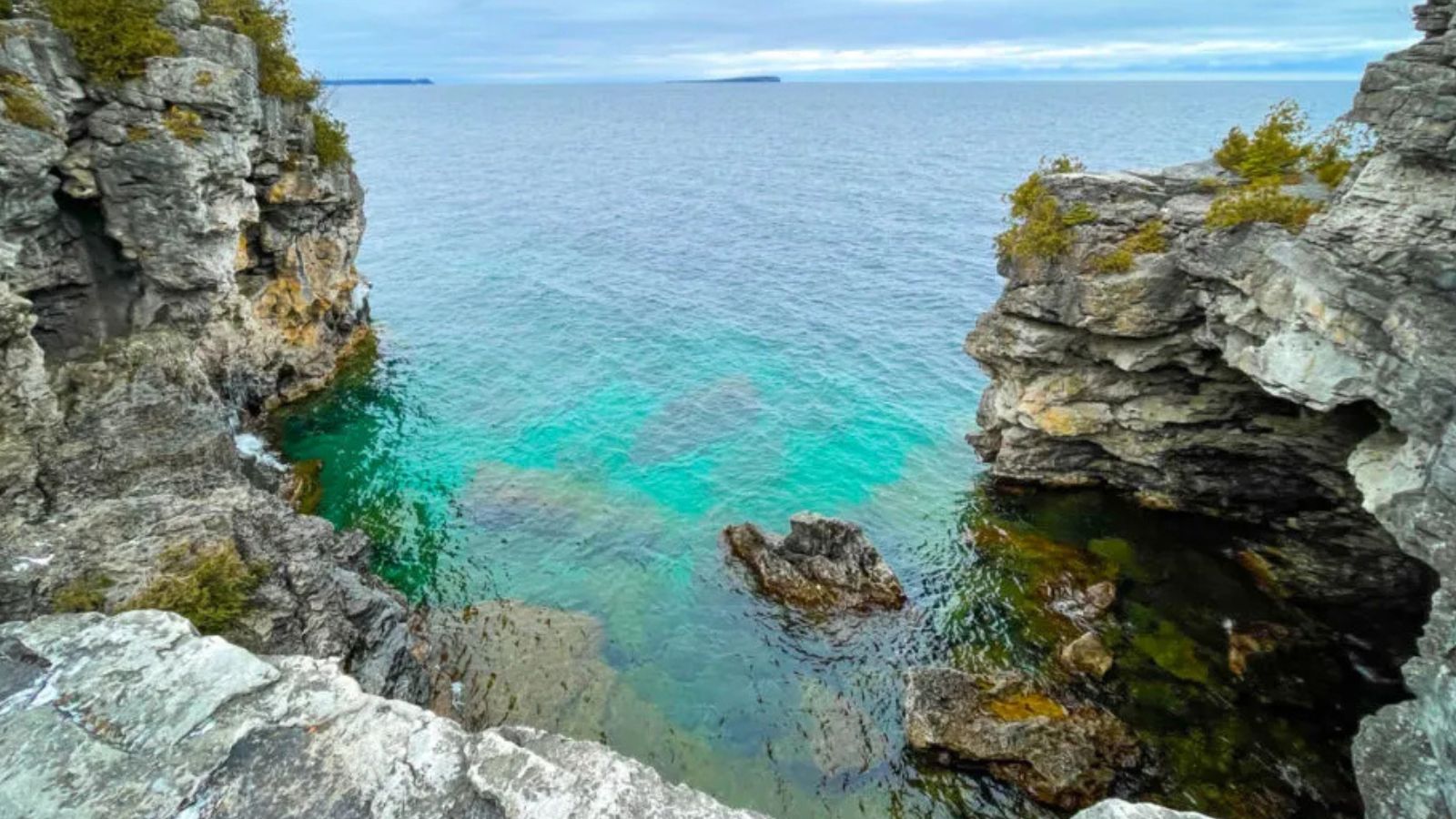
Known for its turquoise waters and rugged cliffs, Bruce Peninsula is seeing a dramatic rise in visitor numbers. This influx is damaging fragile ecosystems, especially rare orchid habitats and nesting areas for endangered reptiles. Off-trail hiking and illegal camping contribute to habitat degradation. What feels like an untouched paradise is actually under heavy human strain.
Cape Breton Highlands National Park, Nova Scotia
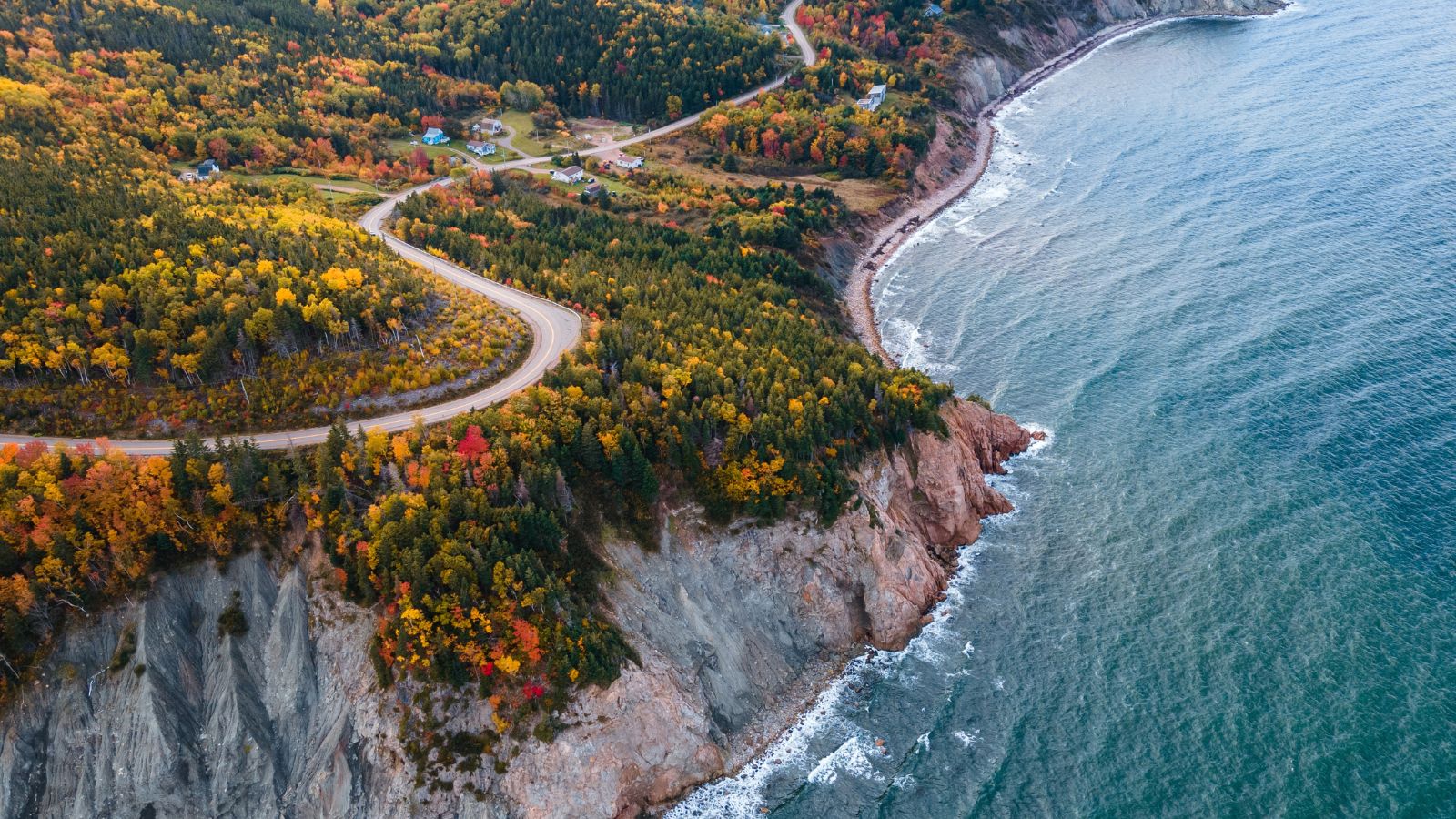
The forests of Cape Breton Highlands are changing rapidly due to warming temperatures and insect infestations. Spruce budworm outbreaks are on the rise, and species that depend on boreal forests are retreating northward. This gradual ecological shift could permanently change the park’s character, even the iconic moose face habitat stress as the environment changes around them.
Auyuittuq National Park, Nunavut
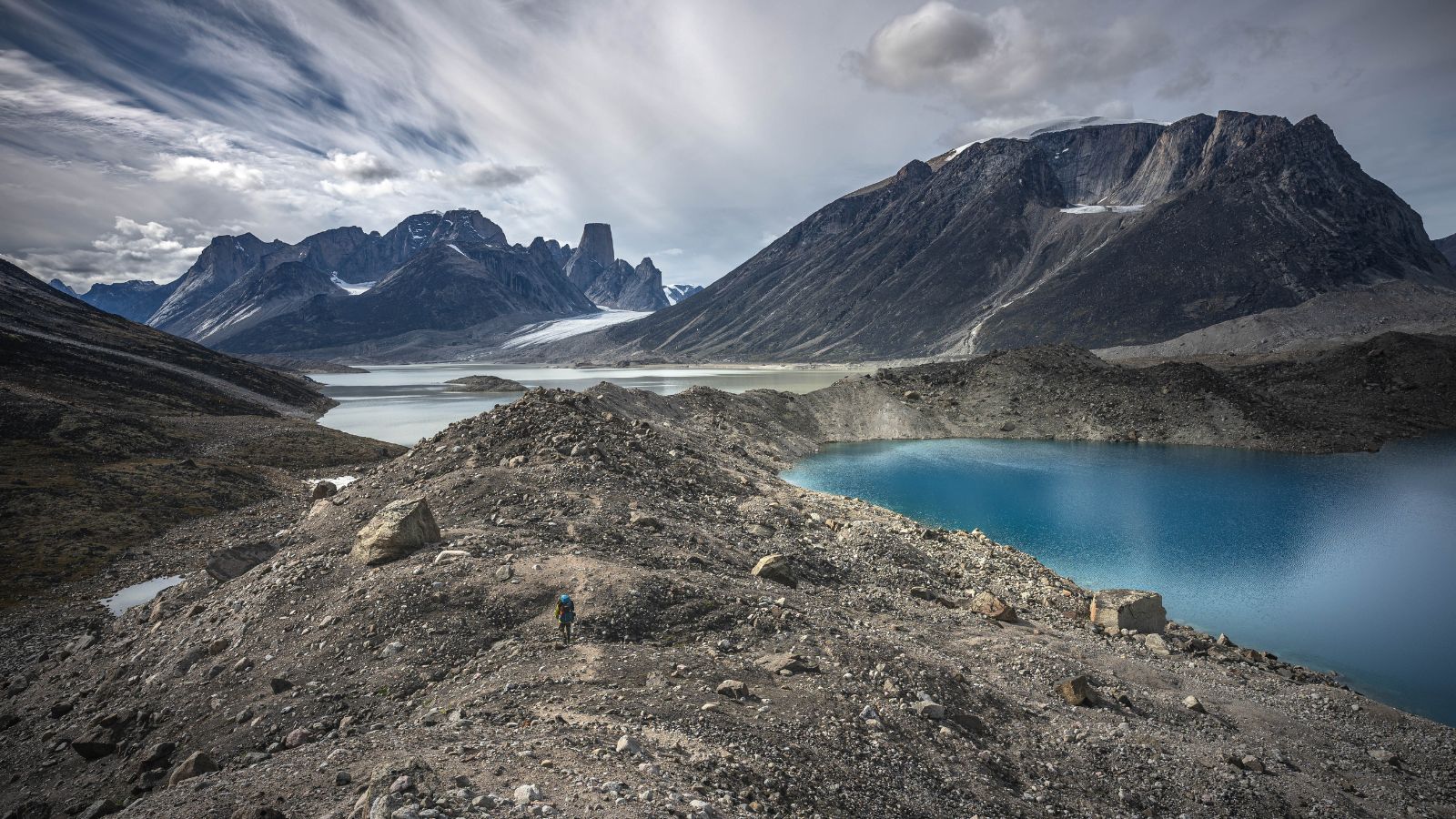
Auyuittuq, meaning “the land that never melts,” is ironically melting more each year. Glacial retreat and permafrost thaw are reshaping this Arctic wilderness. While it remains breathtaking, the pace of change is startling. Scientists and Inuit communities alike are concerned about how quickly the landscape is being transformed.
Fundy National Park, New Brunswick
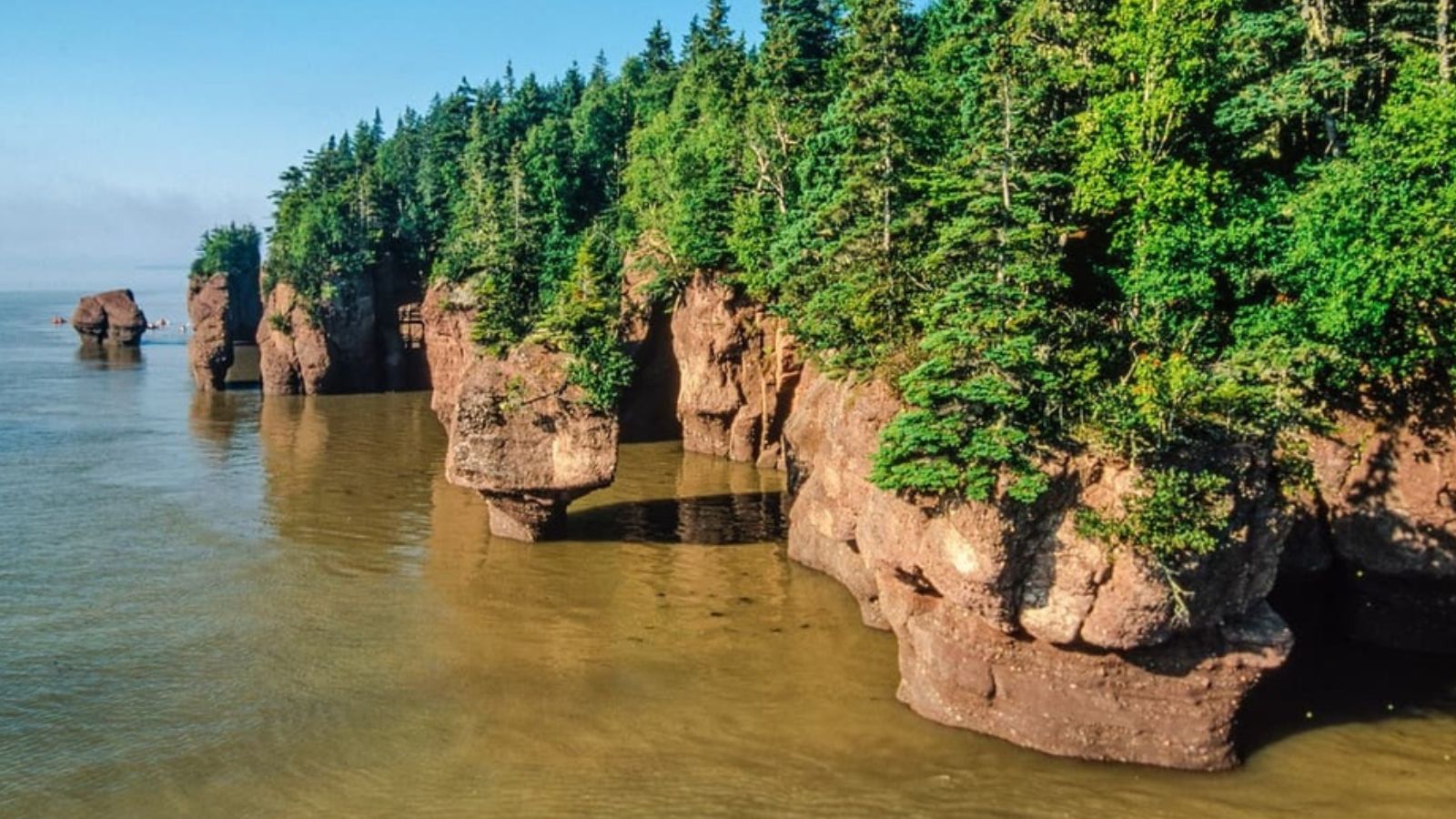
The Bay of Fundy is famous for having the highest tides on Earth, but these tides are now being affected by climate-related sea level changes. Salt marshes are shrinking, and fish populations are shifting in response to warmer waters. The intricate balance of life in this intertidal zone is increasingly at risk, becoming more vulnerable every year.
Riding Mountain National Park, Manitoba
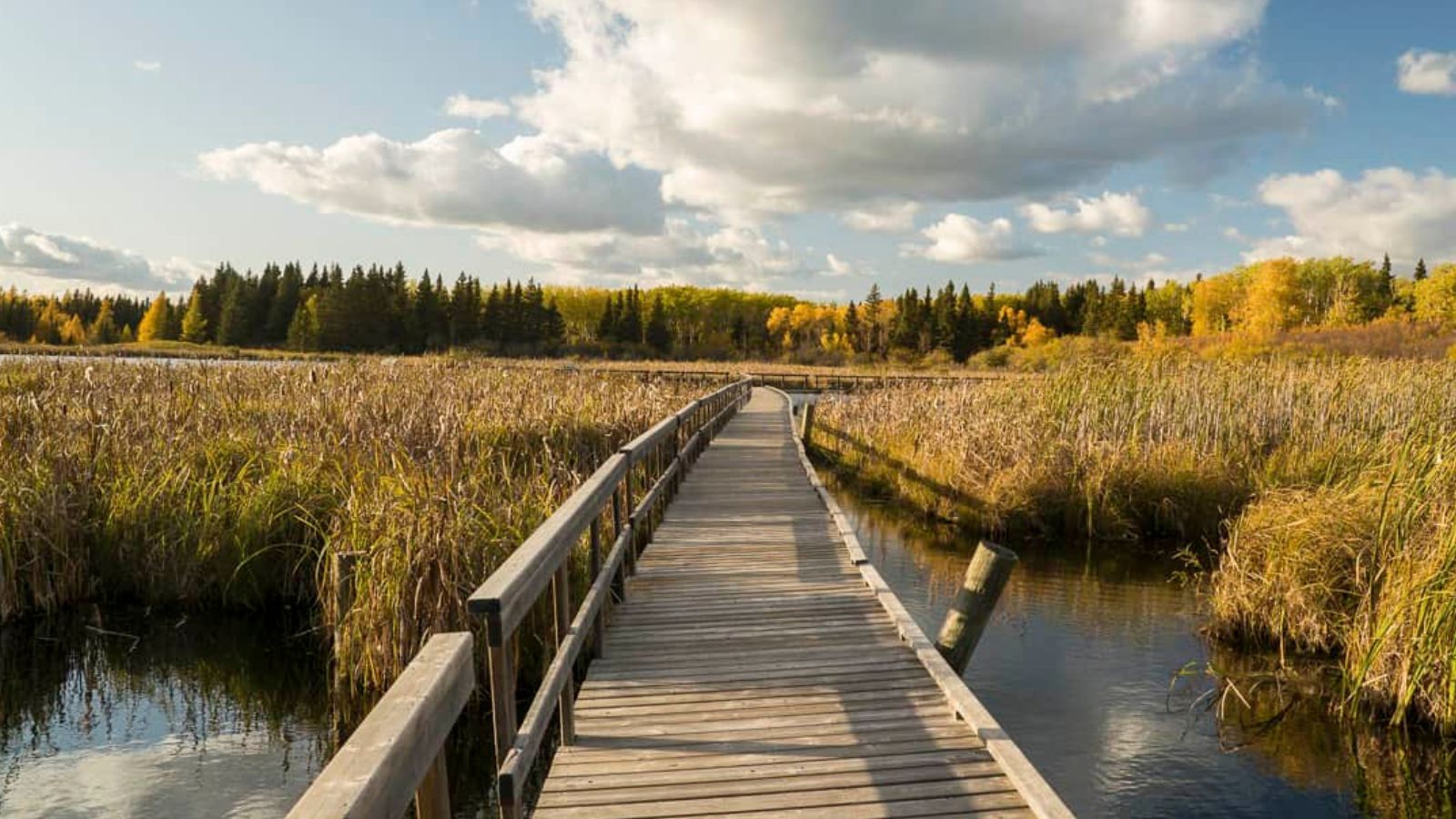
This prairie-meets-forest park is facing habitat fragmentation from surrounding development and invasive species. Encroachment from agriculture and the loss of old-growth forest patches are altering ecosystems. Wildlife such as wolves and elk are having a harder time maintaining stable populations making Riding Mountain is a quiet gem that needs louder support.
La Mauricie National Park, Quebec
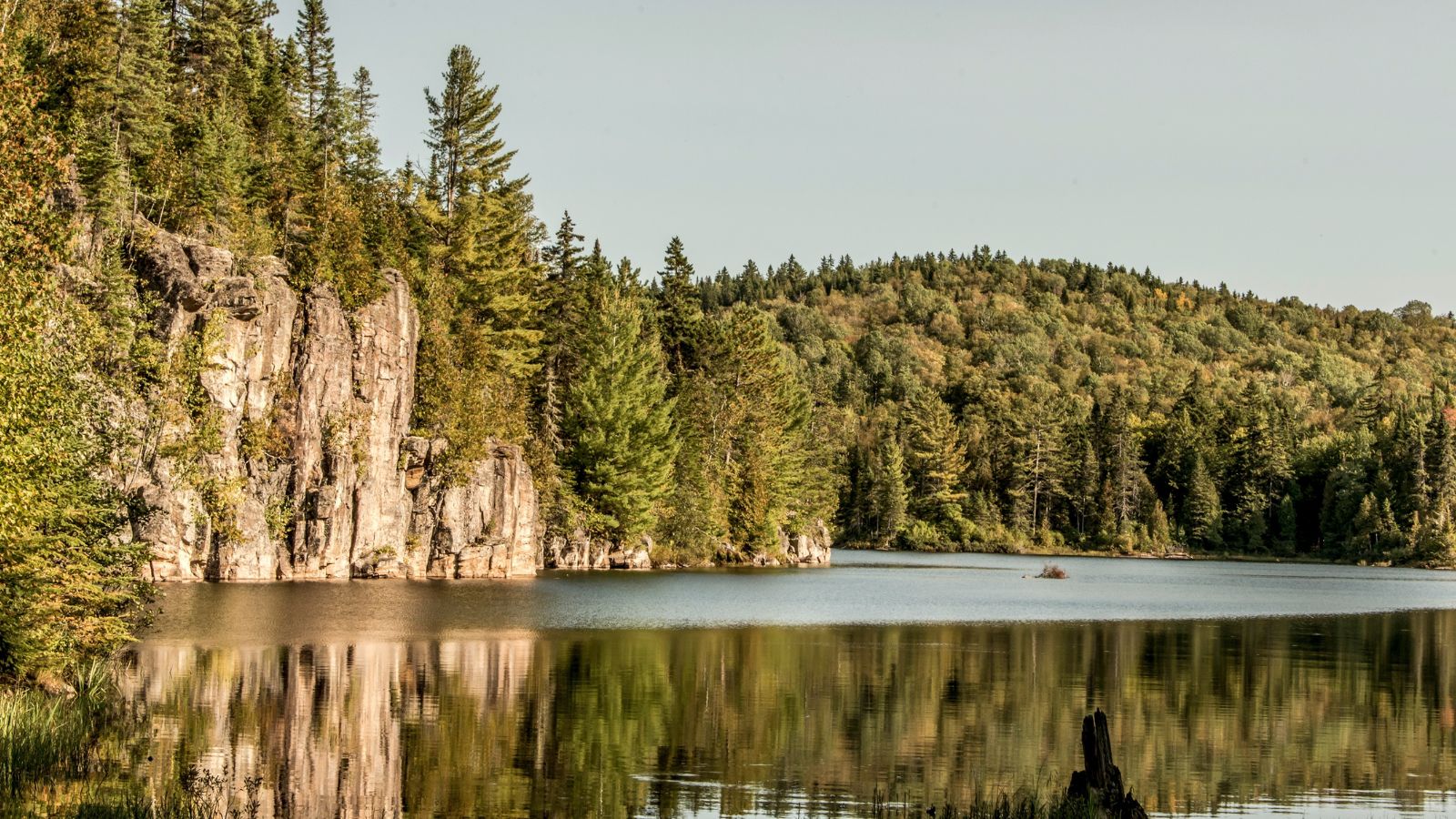
Heavy snowfall and extreme weather events are straining infrastructure in La Mauricie. Erosion of hiking trails, washed-out roads, and changes in wildlife movement are becoming more common. With its mix of forest, lakes, and rivers, the park’s beauty is still intact, but its resilience is being tested, emphasizing the need for climate adaptation strategies.
Thaidene Nene National Park Reserve, Northwest Territories
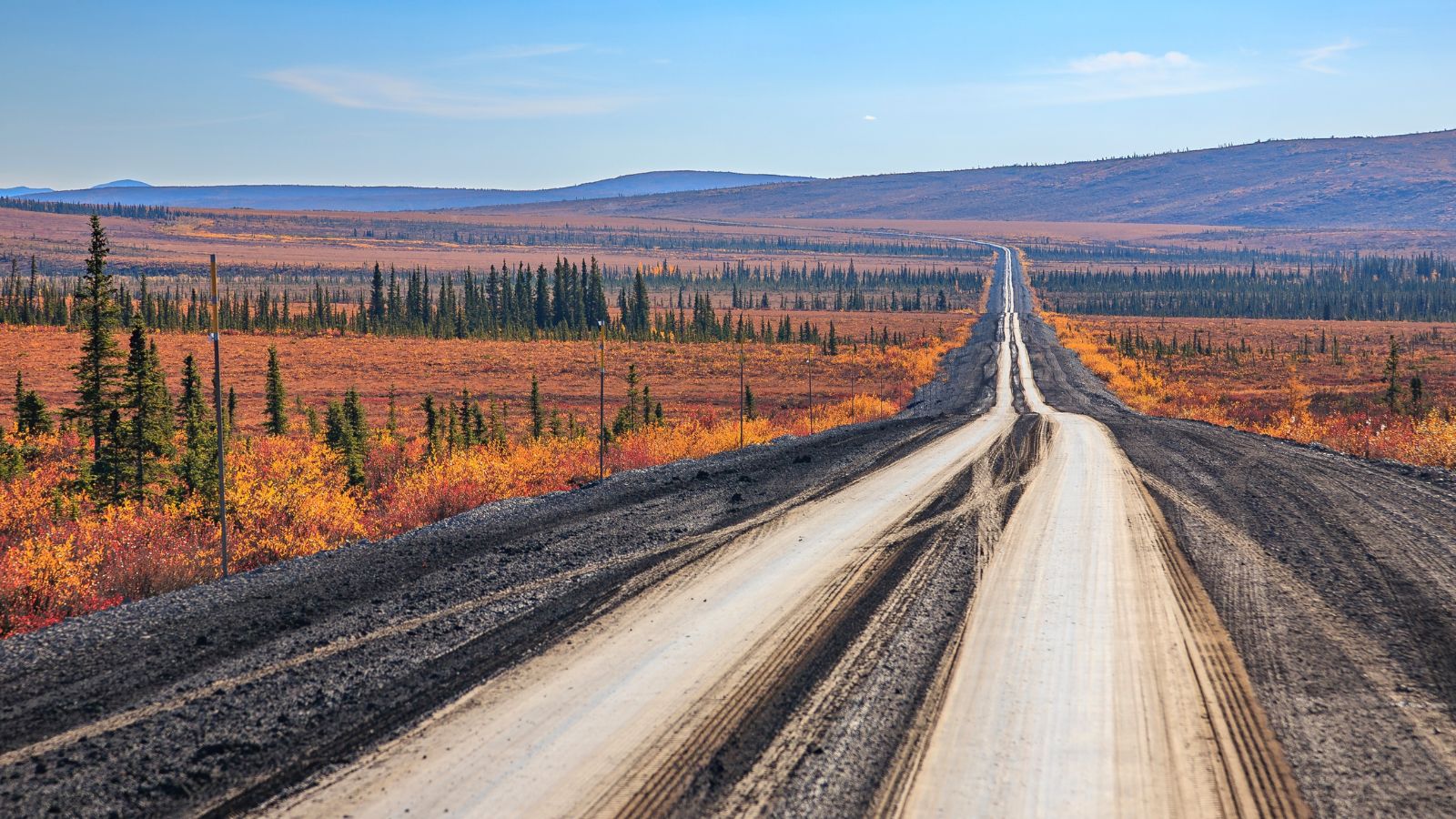
One of Canada’s newest parks, Thaidene Nene is a remote wilderness facing a new type of pressure, resource development nearby. Mining and road building on the periphery risk spilling into sensitive ecosystems. Though the area is vast, the thin margin between preservation and exploitation is fragile.
Terra Nova National Park, Newfoundland

As ocean temperatures rise, the marine ecosystems off Newfoundland’s coast are shifting. Fish stocks are migrating or declining, and marine birds are struggling to find food. Terra Nova’s rich coastal habitats are changing fast, threatening both biodiversity and the livelihoods that depend on it.
Yoho National Park, British Columbia
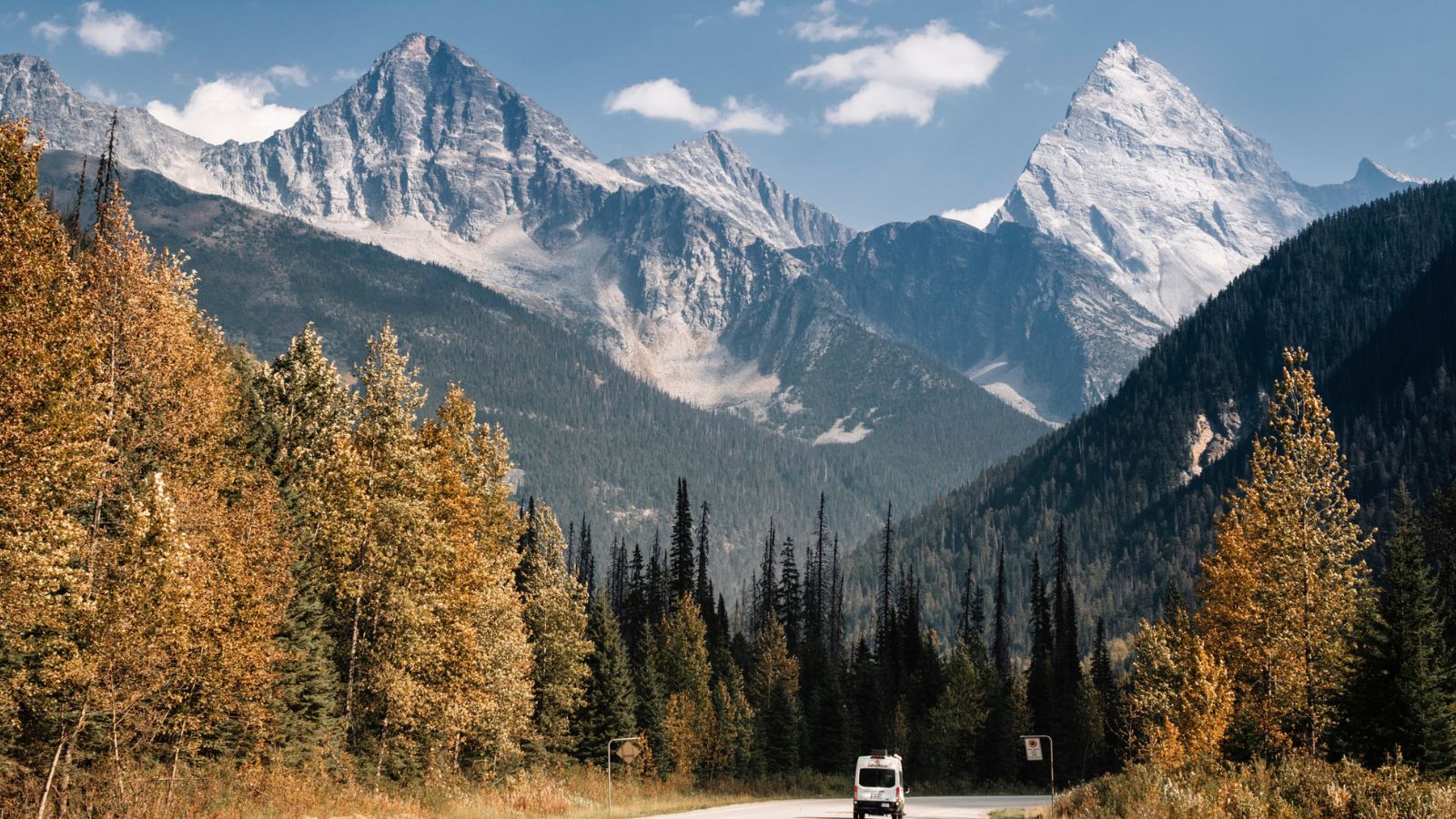
Glacier loss is dramatically visible in Yoho, where some ice fields have retreated by hundreds of meters. This isn’t just about aesthetics, it impacts water flow, plant life, and downstream communities. The changing alpine environment is forcing wildlife to adapt or relocate. Yoho’s towering peaks are still stunning, but the ground beneath them is shifting.
Sirmilik National Park, Nunavut
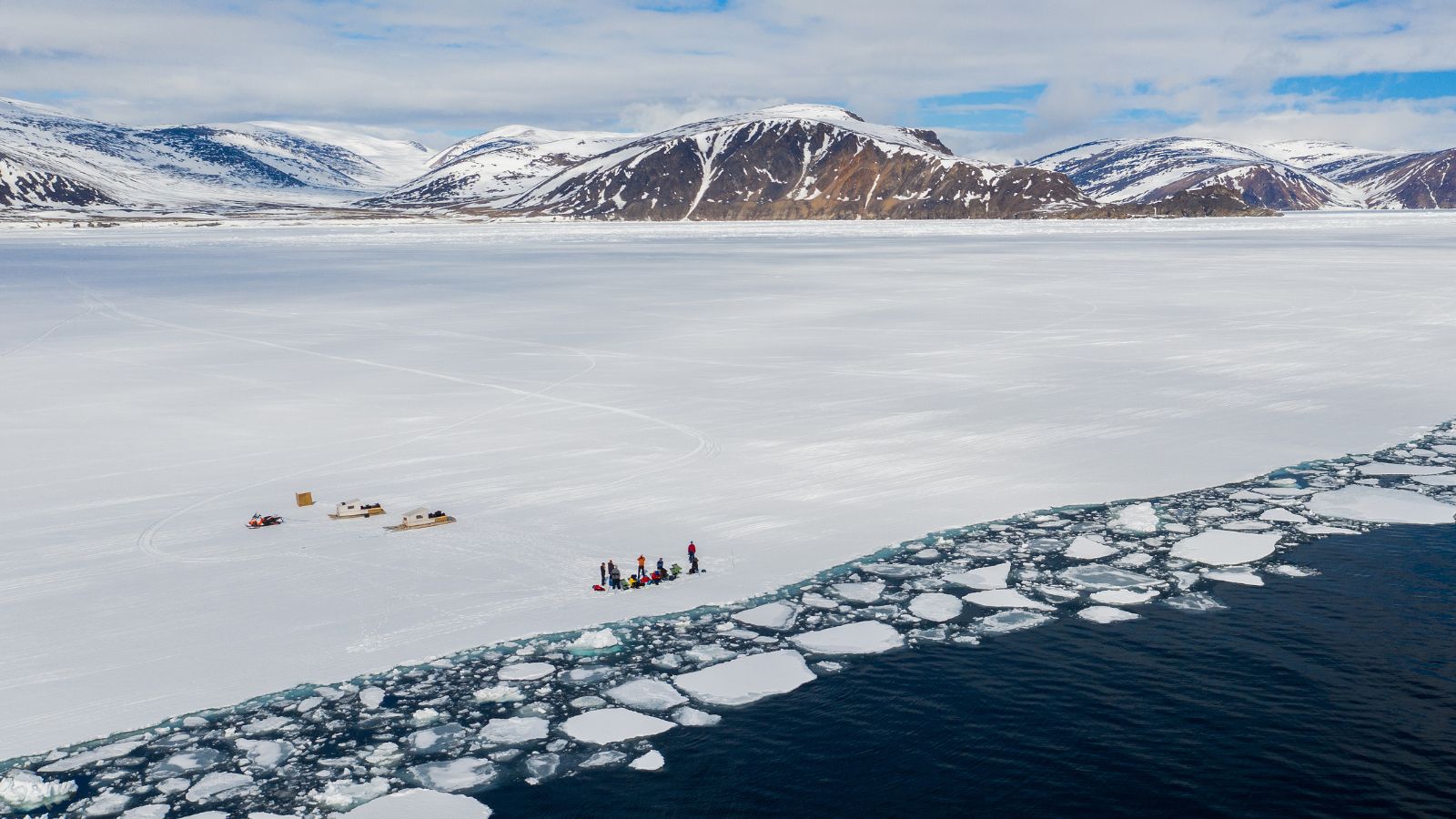
Located in the High Arctic, Sirmilik is ground zero for the effects of climate change. Melting sea ice is disrupting polar bear and seal populations, while permafrost thaw threatens archaeological sites. Traditional Inuit travel routes are also becoming dangerous, meaning this remote beauty is changing fast, largely out of public view.
Mealy Mountains National Park Reserve, Newfoundland and Labrador

Covering a massive expanse of boreal forest and tundra, this relatively new park is rich in untouched ecosystems. But climate change is slowly shifting species ranges and increasing wildfire risk. Its remote nature means threats often go unnoticed and early action is key to preventing long-term degradation.
Kluane National Park and Reserve, Yukon
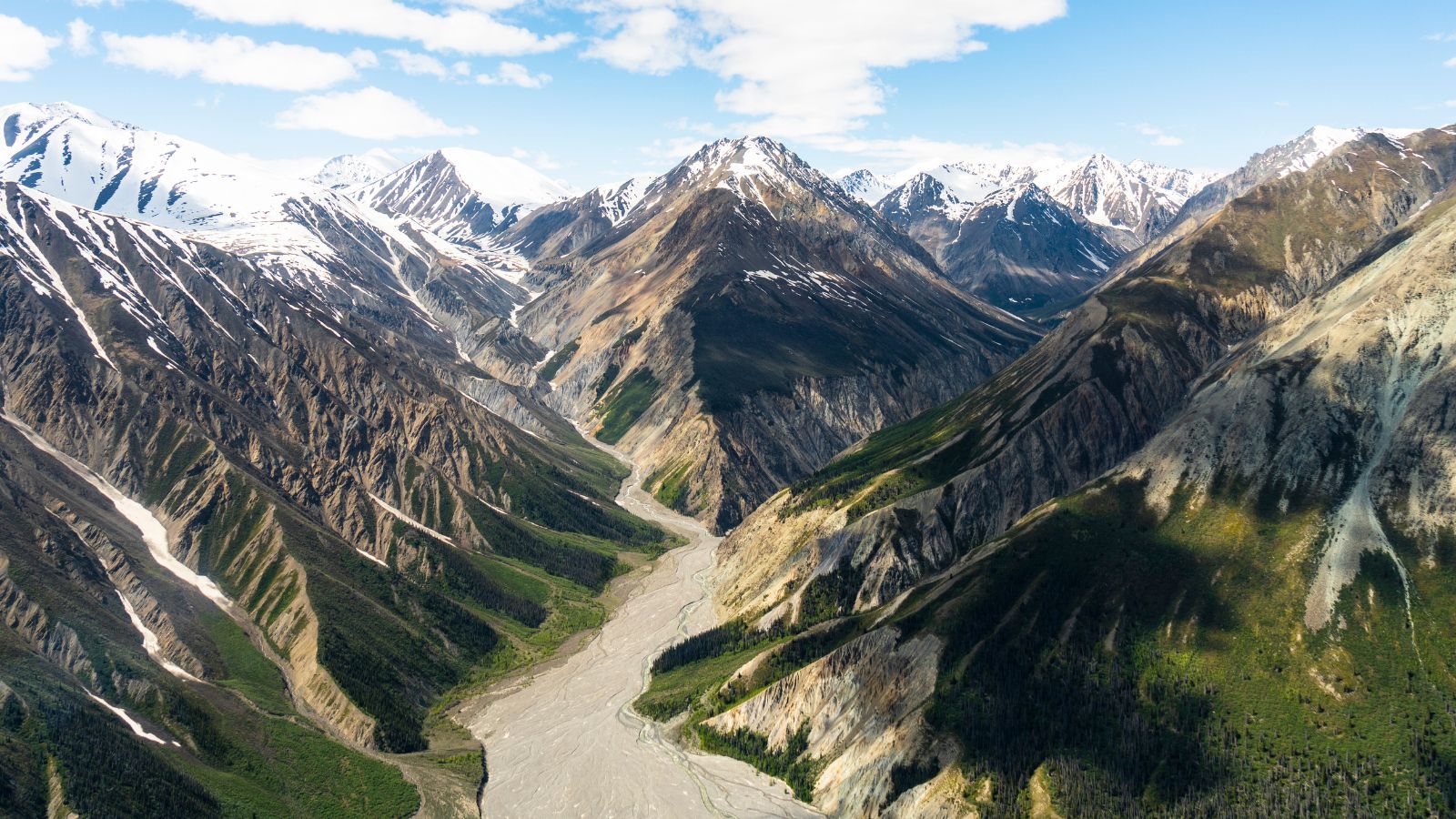
Home to Canada’s highest peak, Mount Logan, Kluane’s glaciers are shrinking rapidly. With that loss comes disruption to river systems, fish habitats, and human communities downstream. The sheer size of the park masks how quickly things are changing and, while Kluane may look eternal, it’s far from immune.
Wapusk National Park, Manitoba
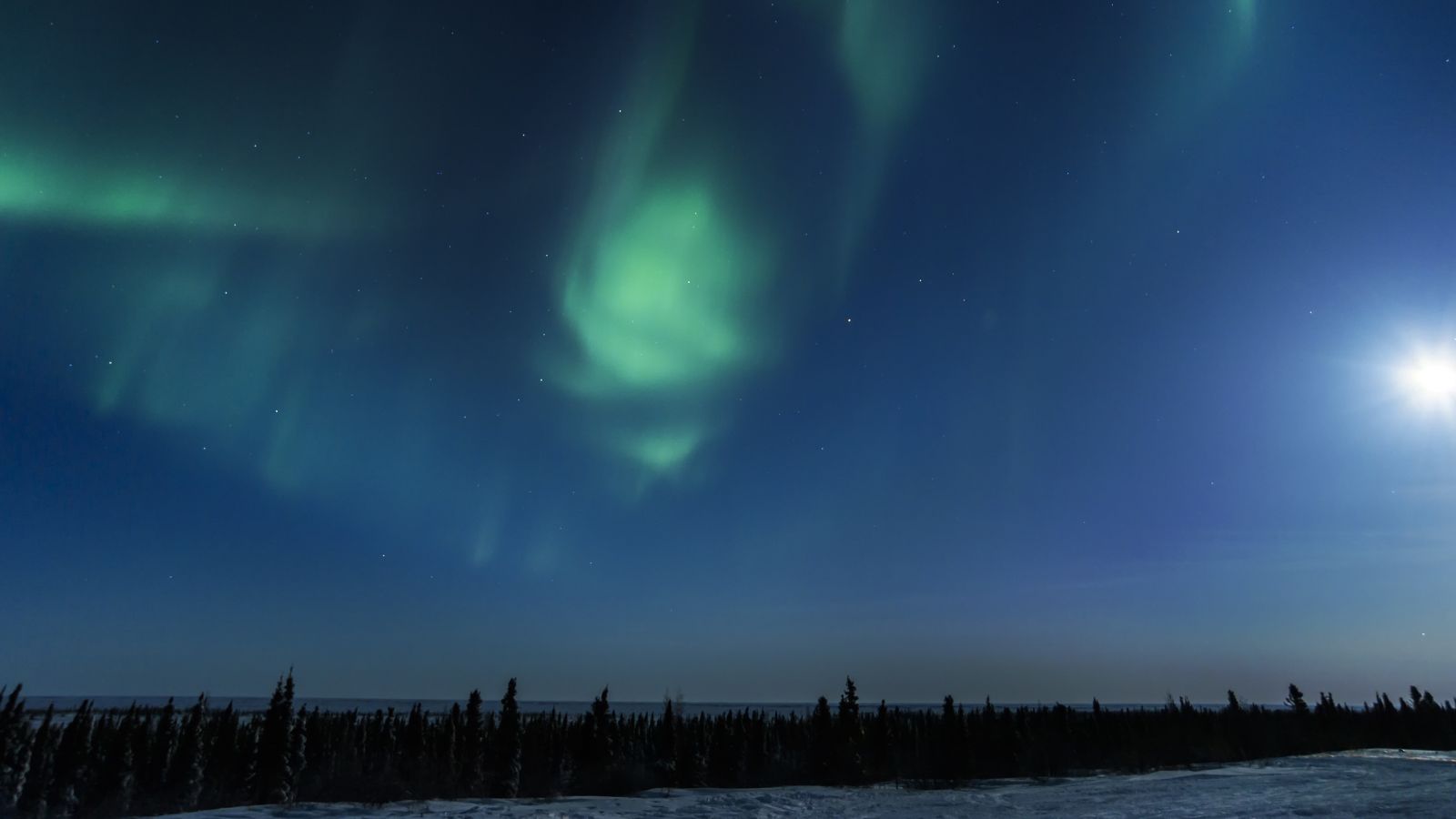
This polar bear stronghold is built on permafrost that is rapidly thawing. Wetlands are shifting, and denning areas are becoming unstable for mother bears. Migratory birds also depend on the park’s fragile tundra. The landscape remains starkly beautiful, but the changes beneath the surface are alarming.
Grasslands National Park, Saskatchewan

As one of the few protected areas of native prairie left, Grasslands faces constant pressure from invasive plants and nearby agriculture. It’s an ecosystem already reduced to fragments across the continent. Climate extremes, droughts, and fires are putting added stress on native species like bison and prairie dogs.
Ivvavik National Park, Yukon
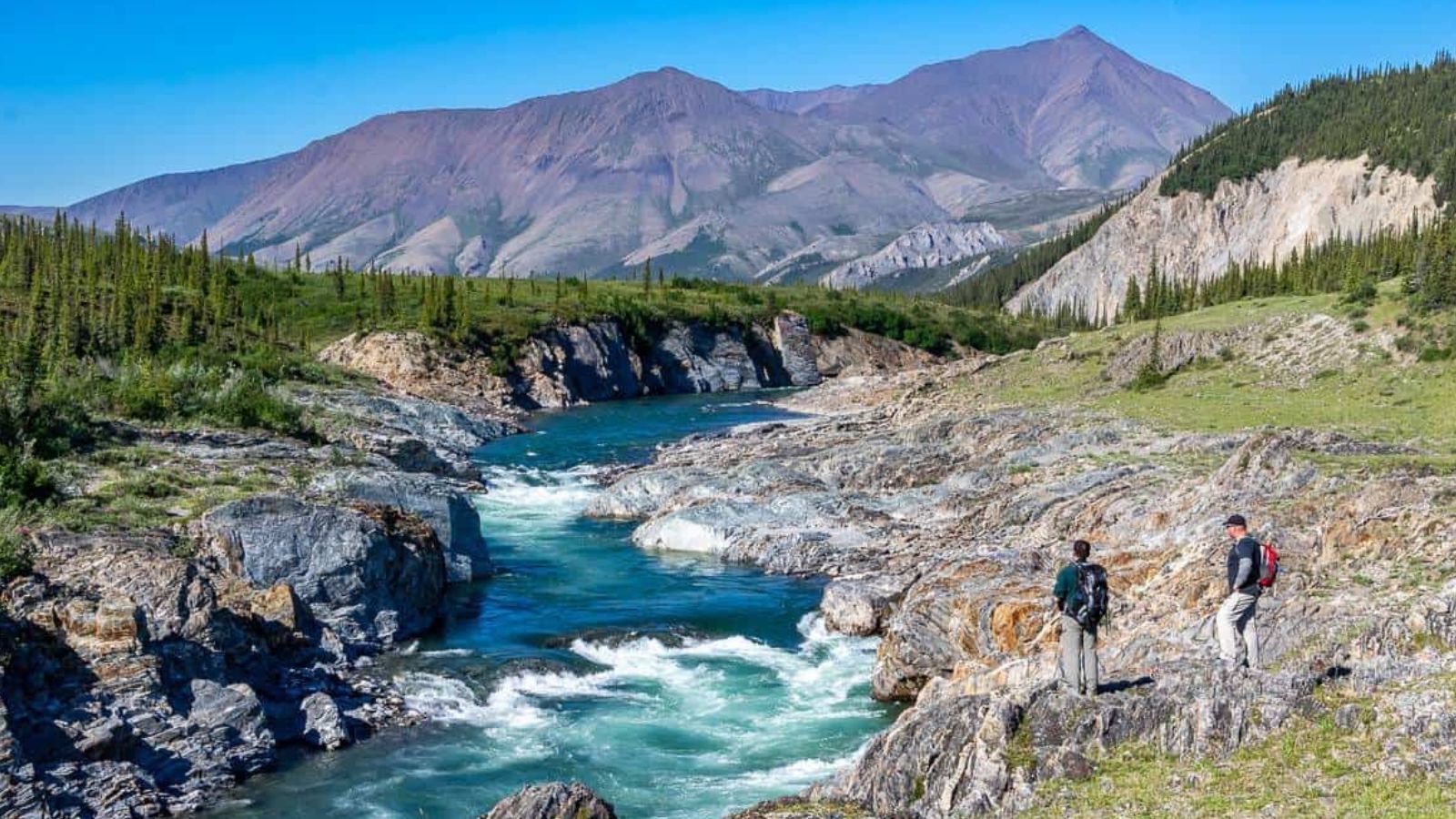
Tucked in the far northwest, Ivvavik is deeply tied to Indigenous traditions and untouched landscapes. However, even here, warming trends are accelerating changes in vegetation and animal behavior. Caribou herds are shifting their migration routes, and river ecosystems are changing in both flow and chemistry. It’s a remote place, but the threats are all too familiar.
22 Times Canadian Ingenuity Left the U.S. in the Dust

When people think of innovation, they often picture Silicon Valley. However, Canada has a history of innovation, too. Whether it’s redefining sports, revolutionizing medicine, or just showing America up at its own game, Canadian inventors, thinkers, and dreamers have had their fair share of mic-drop moments. Here are 22 times Canadian ingenuity left the U.S. in the dust.
22 Times Canadian Ingenuity Left the U.S. in the Dust
